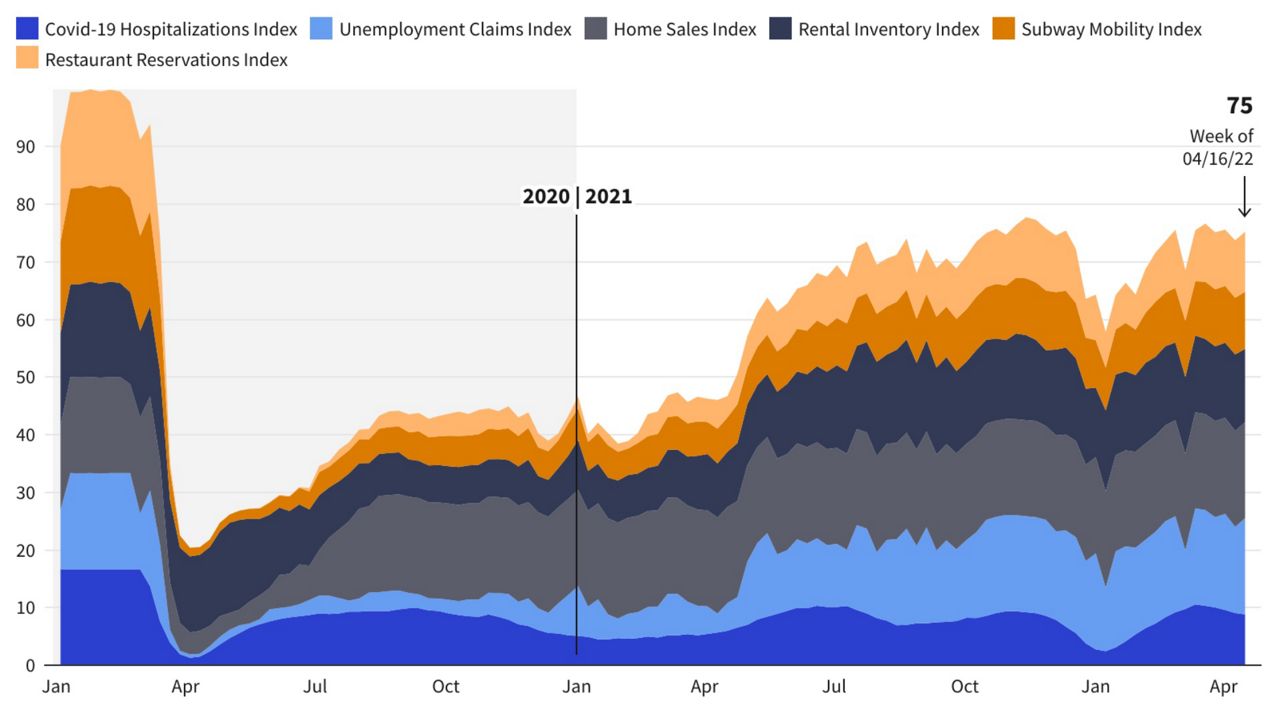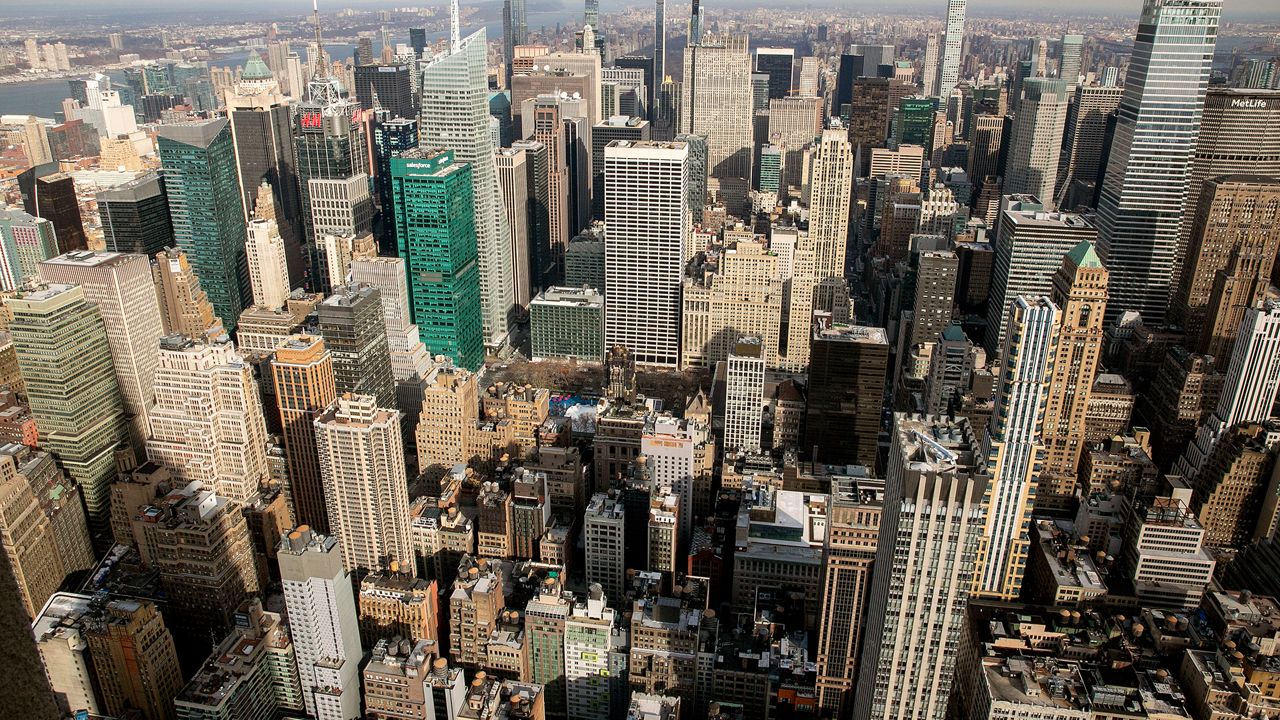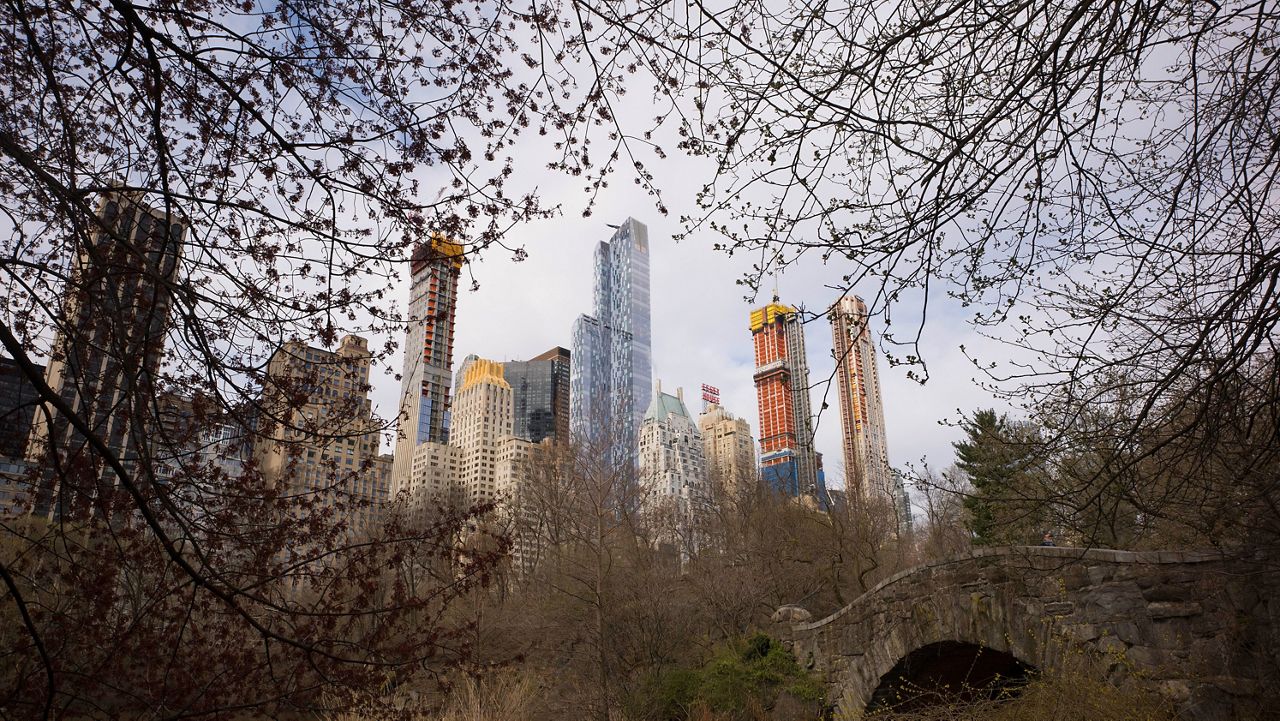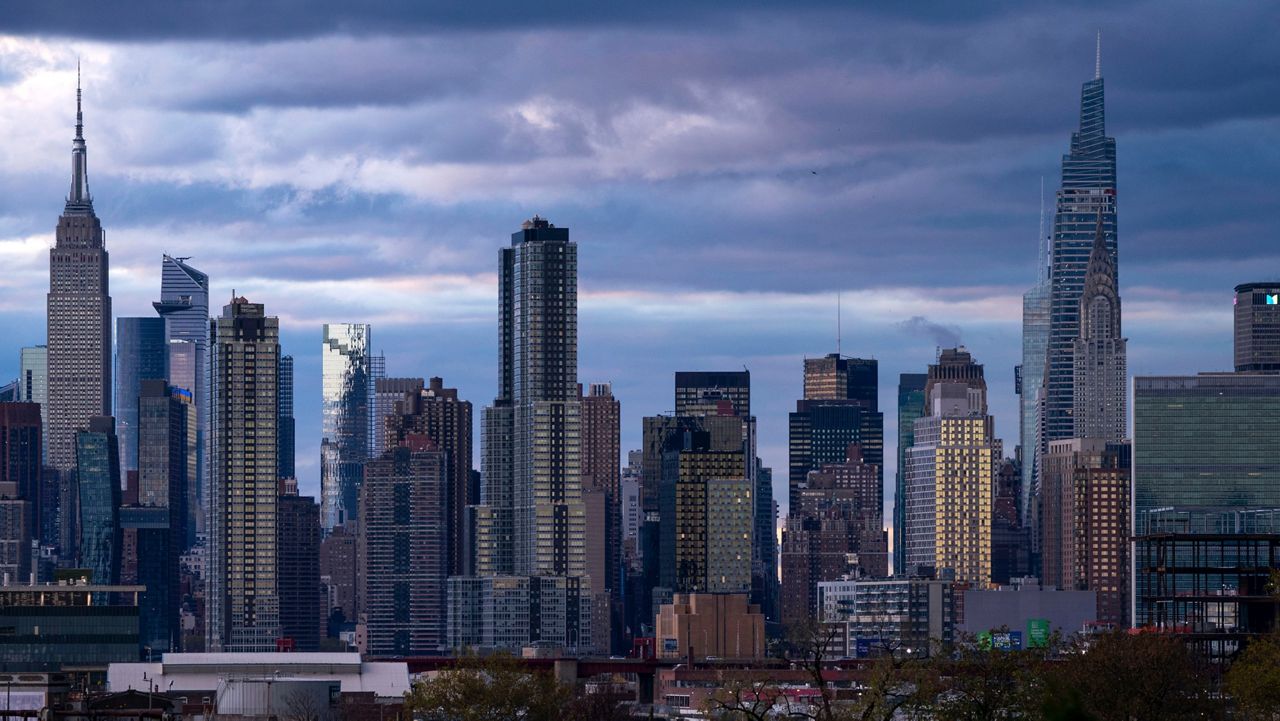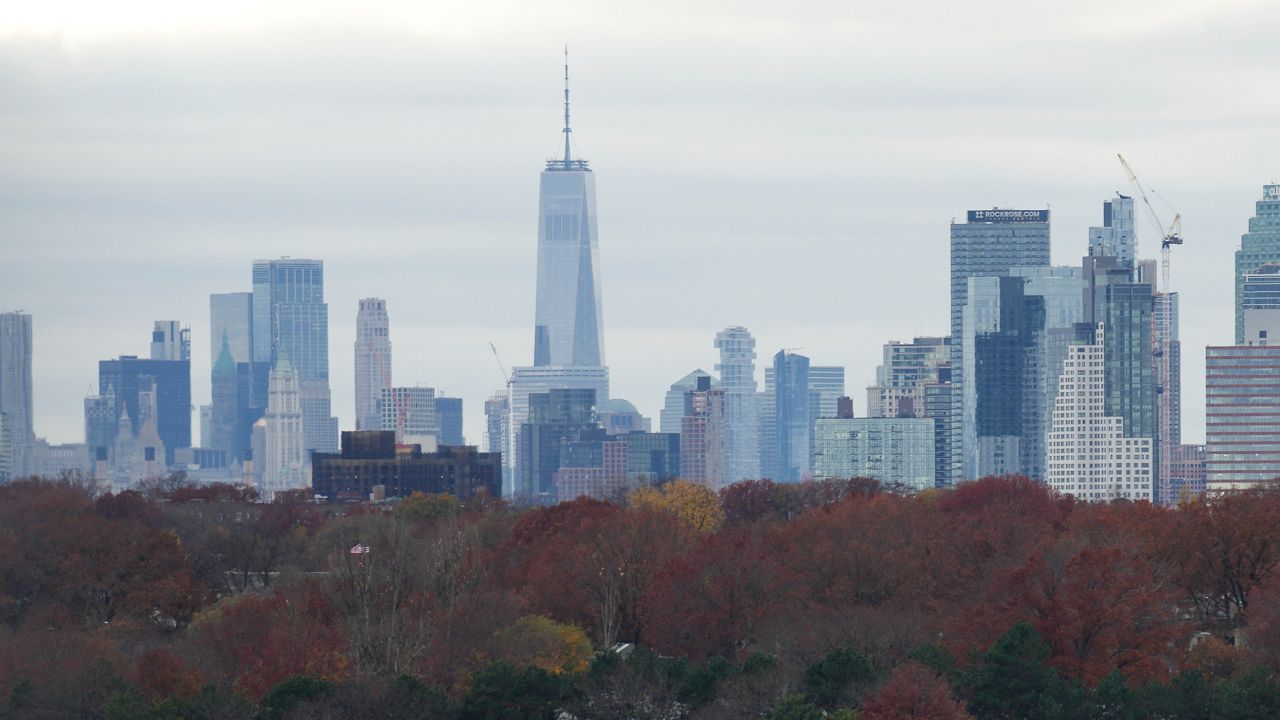New York City’s economic recovery index rose slightly in the week ending April 16, 2022, closing in at 75 out of 100 points. Positive developments this week included increases in subway ridership and restaurant reservations, while unemployment insurance claims once again dipped below 2019 levels. On the downside, COVID-19 hospitalization rates continued to rise, as new infections have accelerated in recent weeks, and the city’s rental market tightened.
On April 26, mayor Eric Adams addressed the city in the first State of the City address of his administration, outlining key achievements over his first 100 days in office and plans for improving the city. During his speech, Adams unveiled a set of plans to increase investments in the city’s public health, infrastructure, lifting up the city’s youth, promoting an equitable economic recovery, and taking action to ensure a safer and more just city. Adams also unveiled the city’s budget for the 2023 fiscal year, totaling $99.7 billion with budget reserves at $6.3 billion — the highest in the city’s history.

New York City’s economic recovery stands at a score of 75 out of 100, according to the New York City Recovery Index, a joint project between Investopedia and NY1. Just over two years into the pandemic, New York City’s economic recovery is three-quarters of the way back to pre-pandemic levels.
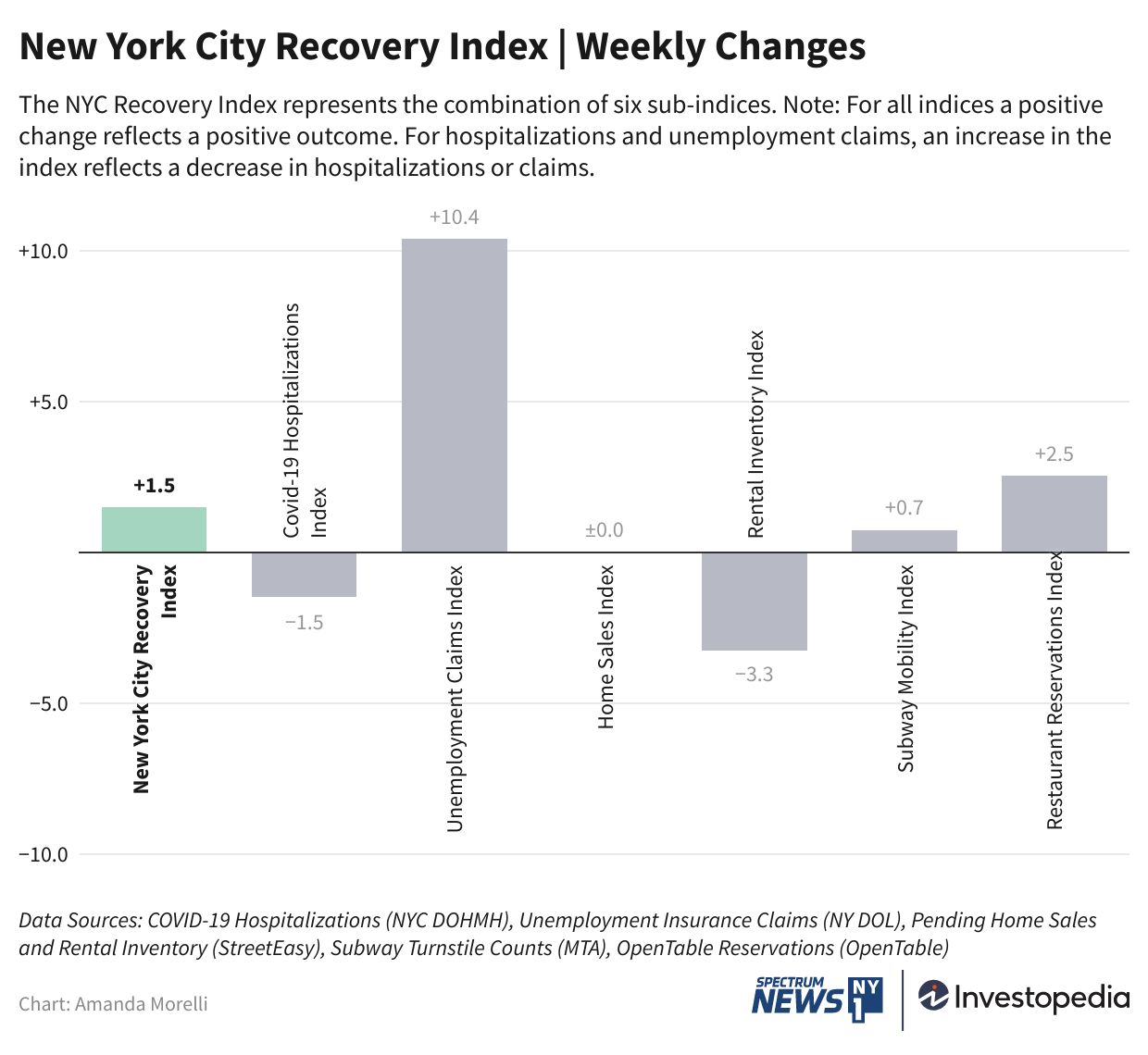
COVID-19 Hospitalizations Continue to Rise
The COVID-19 hospitalization rate continued on an upward trend in the week ending April 16, marking the fifth consecutive weekly increase since mid-March. The seven-day average of daily hospitalizations rose to 43, five higher compared to the previous week. After rising for over a month, the current average is now over 2.5 times higher than the post-omicron low of 18 hospitalizations recorded on March 12, although still considerably below peak levels. In a positive sign, the growth rate in new hospitalizations appears to be slowing, with a smaller week-over-week increase compared to the beginning of April.
Regarding new infections, the CDC continues to project that 100% of new cases in the New York Region (encompassing New Jersey, New York, Puerto Rico, and the U.S. Virgin Islands) are omicron-related, with the evolving BA.2.12.1 strain now comprising 58.1% of new cases. The percentage of New York City residents fully vaccinated against COVID-19 ticked up to 78% of residents, according to the latest NYC Health statistics. Since the start of the pandemic in March of 2020, over 2.36 million cases have been recorded in the city, along with 40,181 deaths.
Unemployment Claims Fall Steeply
Unemployment insurance claims fell steeply by nearly 1,000 claims in the week ending April 16, from 5,810 to 4,840. This week’s decline puts unemployment claims back below pre-pandemic levels, more than offsetting the previous week’s rise. Unemployment claims tracking the equivalent week of April 2019 numbered 5,220 claims by comparison. The fall in unemployment claims provided the largest upward contribution to the overall index this week.
Home Sales Decline Modestly
Citywide home sales witnessed a decline in the week ending April 16, falling by 88 homes compared to the week prior. Pending home sales, numbering 705 this week, remain well above pre-pandemic levels with sales 56% higher than the 2019 rolling average tracking the equivalent week. By borough, Brooklyn continues to lead new home sales, with new sales in the borough exceeding 2019 levels by 80%. Manhattan and Queens follow with home sales 50% and 33% above their pre-pandemic levels, respectively.
Rental Availability Declines
There were 12,573 residences available on the market in the week ending April 16, marking a decline of 945 units compared to the previous week. This pulled the rentals subindex down to a score of 76 out of 100. The current level of vacancies lags the pre-pandemic level by about 3,000 residences, or about one-quarter of the total. This week’s decline marks the first in over two weeks, following two consecutive weeks of gains. Rental vacancies in the city typically rise as the summer months approach, leaving room for gains over the upcoming weeks.
Meanwhile, rents are rising at a rapid pace across New York City, mirroring the surging housing market nationwide. Manhattan renters faced skyrocketing costs during the first quarter of 2022, with some neighborhoods witnessing increases of 25% or more, according to StreetEasy data. The biggest increases came in the Manhattan neighborhoods of Soho, Nolita, and Little Italy, with rents increasing 51% year-over-year. In the East Village, rents were up nearly as much, rising 48% year-over-year. New York City rents are now rising at the fastest pace since StreetEasy began tracking the market in 2011, with the average monthly rent on a Manhattan apartment rising to $3,630 in February, putting rents 7.1% above the pre-pandemic level.
Subway Ridership Rises
The New York City subway system experienced a slight gain in ridership in the week ending April 16, with a weekly trailing average of 2.75 million riders. It is the first gain in over two weeks, and ridership now matches pre-omicron levels. A shooting that took place in a Sunset Park subway in Brooklyn on April 12 had little adverse effect on ridership levels beyond its immediate aftermath. With this week’s increase, the subway ridership subindex inched higher to 40.4% below pre-pandemic levels, with considerable ground remaining until full recovery.
Restaurant Reservations Jump Higher
Restaurant reservations had a considerable increase in the week ending April 16, stimulated by higher outdoor dining activity during the Easter, Passover, and Ramadan holiday weekend. With the impressive rise in reservations this week, the restaurant reservations subindex is now 37.6% below pre-pandemic levels and now exceeds the pre-omicron level of November 2021. The trailing seven-day average of reservations is also at its strong level since November.
Despite this week’s increase, New York City remains behind other major cities in the recovery of its restaurant reservations. Restaurant activity in Washington D.C, Chicago, Los Angeles, and Houston remains considerably higher relative to pre-pandemic averages, with Houston’s restaurants exceeding 2019 reservation levels by 4.5%. Reservations in D.C. and Chicago restaurants remain 23.8% and 19.6% below pre-pandemic levels, respectively, while the figure for Los Angeles is a mere 5.9%. New York City has lagged behind other major cities in reservation gains since the peak of the omicron wave, as only Houston recorded a lower rise in reservations among a select group of cities.
To get more news and information from this partner, subscribe here.




